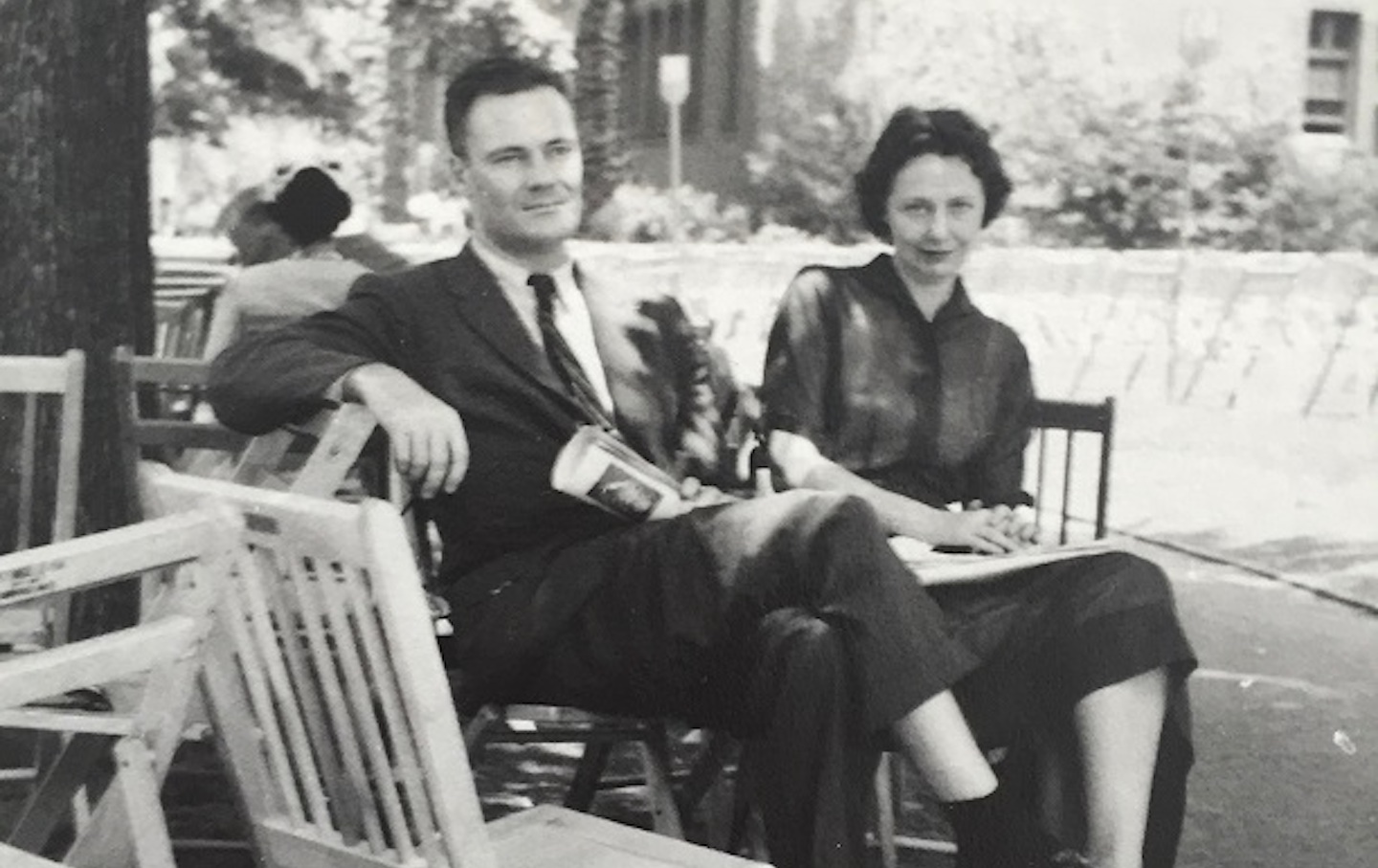
Bishop, in “The Gentleman of Shalott,” imagined herself as a man (she often chose male personae) standing with half his body in the mirror and half out. The poetry they perfected, so different in so many ways, shares a nearly absurdist attitude toward the self. Swigget with a terza-rima rendering of Dante and an aspiring writer named “Major Dyer, who takes Pound ice-cream, was a colleague of Patton’s and teaches Margaret Truman fencing.” “Several weird people have shown up here,” Lowell wrote from Washington, including a Dr. The letters abound in Dickensian caricature, mostly gentle and humane. “I’ve been reading Dickens, too,” Bishop wrote, as though confirming the scope and flavor of the correspondence, the “abundance” and “playfulness” that she ascribed to Dickens. Like Victorians hungry for the next installment of a serialized novel, the two looked to each other’s letters for sustenance. As it is, “Words in Air: The Complete Correspondence Between Elizabeth Bishop and Robert Lowell,” edited by Thomas Travisano, with Saskia Hamilton (Farrar, Straus & Giroux $45), takes up more than nine hundred pages. Seeing each other more often would have given them less time to write, less to write about, and, since letters exist in reciprocal terms, less to read. “We seem attached to each other by some stiff piece of wire,” he wrote, “so that each time one moves, the other moves in another direction.” They spent their lives begging each other to visit, but when the opportunity presented itself they conspired with almost comic transparency in setting up obstacles. When Bishop wrote of blowing bubbles on the balcony outside her magnificent room at Yaddo, the artists’ colony in Saratoga Springs, Lowell wrote that he thought he had stayed in that room, too, and reminisced about games of croquet. Elizabeths Hospital, and then it was Bishop’s, bringing Pound a bottle of cologne. One season it was Lowell’s turn in Washington, calling on Ezra Pound at St.

When Bishop was at Harvard to record her poems for the Woodberry Poetry Room, she listened to Lowell’s recording of his poems, made there a year earlier. Lowell’s first-ever letter to Bishop rues the fact that he had already narrowly missed seeing her on three occasions. They shared the tiny poetry orbit of stipends and seminars and itinerant jobs, but when it came to seeing each other they specialized in near-misses. When he absent-mindedly put away a lit cigarette in his pocket, nearly setting himself on fire, Bishop mailed him a “SAFE if not particularly esthetic ashtray.” Lowell, the literary fisherman, sent a copy of “The Compleat Angler” to Bishop in Key West, keeping the motif alive. These differences, sharpened for each other’s amusement, made them ideal trading partners. Lowell, fresh from charming William Carlos Williams’s ninety-one-year-old mother, responded that he had once “tried swimming” but “was nearly drowned and murdered by children with foot-flippers and helmets and a ferocious mother doing the crawl.” The critic John Thompson recalls his friend Lowell lying in bed all day writing poems, surrounded by a “tumble-down brick wall” composed of “his Greek Homer, his Latin Vergil, his Chaucer, letters from Boston, cast-off socks, his Dante, his Milton.” Bishop once interrupted a letter to witness the birth of a calf in a nearby field. Staying at the home of Pauline Hemingway in Key West and deep in what she called her “female Hemingway” phase, Bishop wrote of catching amberjack and jewfish.


When Lowell invited Bishop to visit him in Washington, where he was serving as Consultant in Poetry to the Library of Congress (a post that we now call “Poet Laureate”), she informed him that she would be travelling there with her pet canary. enormous, with sort of rough black beards under their beaks.” In response, Lowell lamented, “Puffins are in my book of New England birds, but I’ve never seen one.” As for Nova Scotia, he recalled it as the site of a bad trout-fishing expedition with his grandfather, including a “horrible after sea-sick feeling” and a few “dismal low-tide gulls.”įrom the start, Lowell and Bishop were intent on being a mismatch.

“I am a fisherman myself, but all my fish become symbols, alas!” Bishop, who was staying at the time in Cape Breton, Nova Scotia, had written to Lowell of the region’s marvellous bird life, “auks and the only puffins left on the continent, or so they tell us. “I liked your New Yorker fish poem,” he wrote. Among those who admired the poem was her new friend the poet Robert Lowell. In 1947, Elizabeth Bishop published “At the Fishhouses,” in this magazine. Through Lowell’s dizzying psychological dramas and fits of despair, Bishop remained a steadfast but unsparing correspondent.


 0 kommentar(er)
0 kommentar(er)
